Apparel
Accessories
Check out our full lineup of yoga accessories to help you with your daily meditation practice and fitness goals...
Try our new Cork Yoga Brick for soft but solid support
Check out our full lineup of yoga accessories to help you with your daily meditation practice and fitness goals...
Shop
Mega menu
tetasidjaslkihsdlkjfhsdf gjkhsdfgjklsdhfgjkl shdfgjklhsdfgjkl hsdfjklg hsdfkjlg hsdfjklg hsdfjkl ghsdfjkl ghsdfjklgh
Mega menu
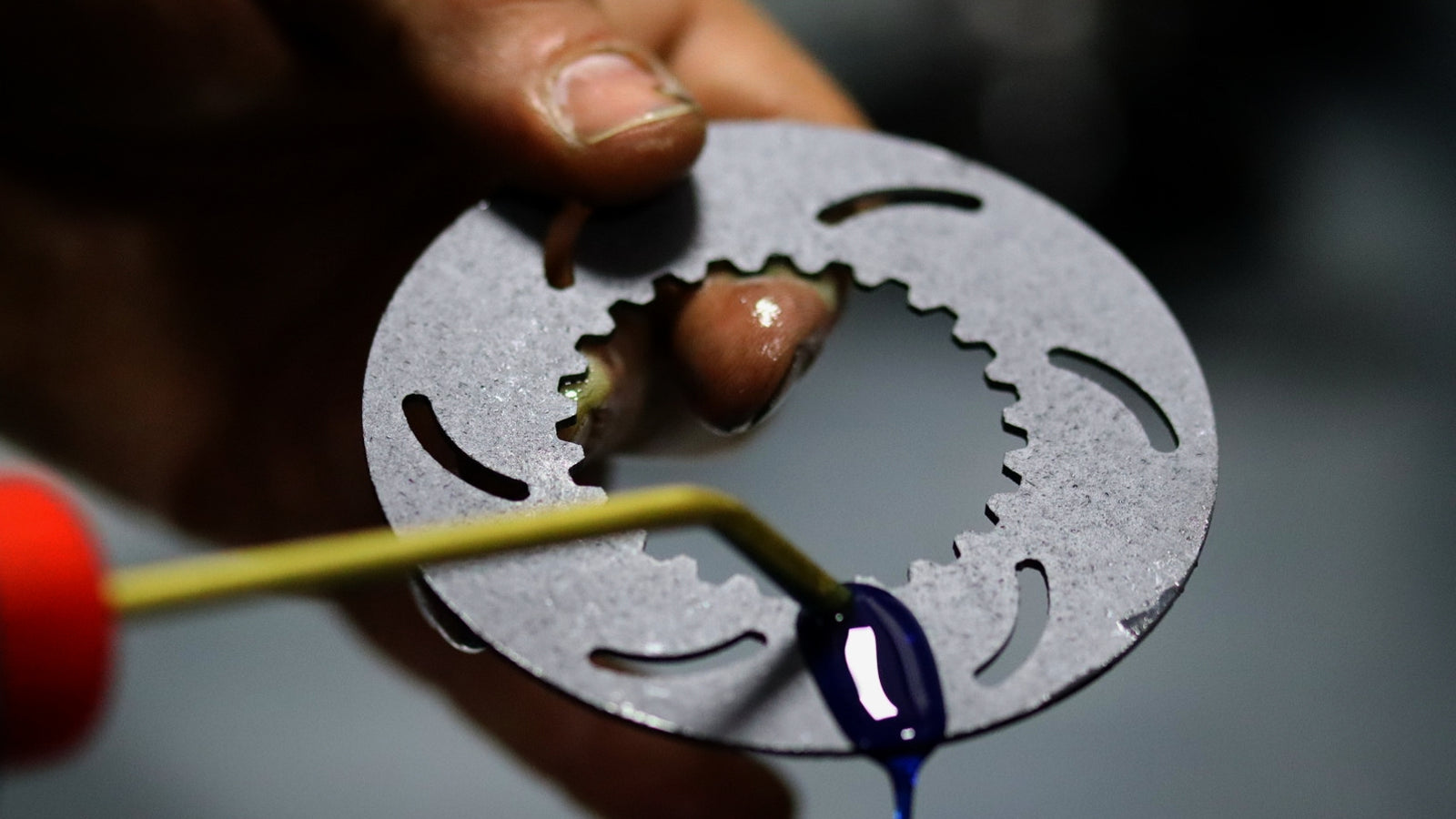
Time to get excited about our new collection for Men!
tetasidjaslkihsdlkjfhsdf gjkhsdfgjklsdhfgjkl shdfgjklhsdfgjkl hsdfjklg hsdfkjlg hsdfjklg hsdfjkl ghsdfjkl ghsdfjklgh
How to Determine the Differential Size in BMWs Up to 1999
July 22, 2024 2 min read
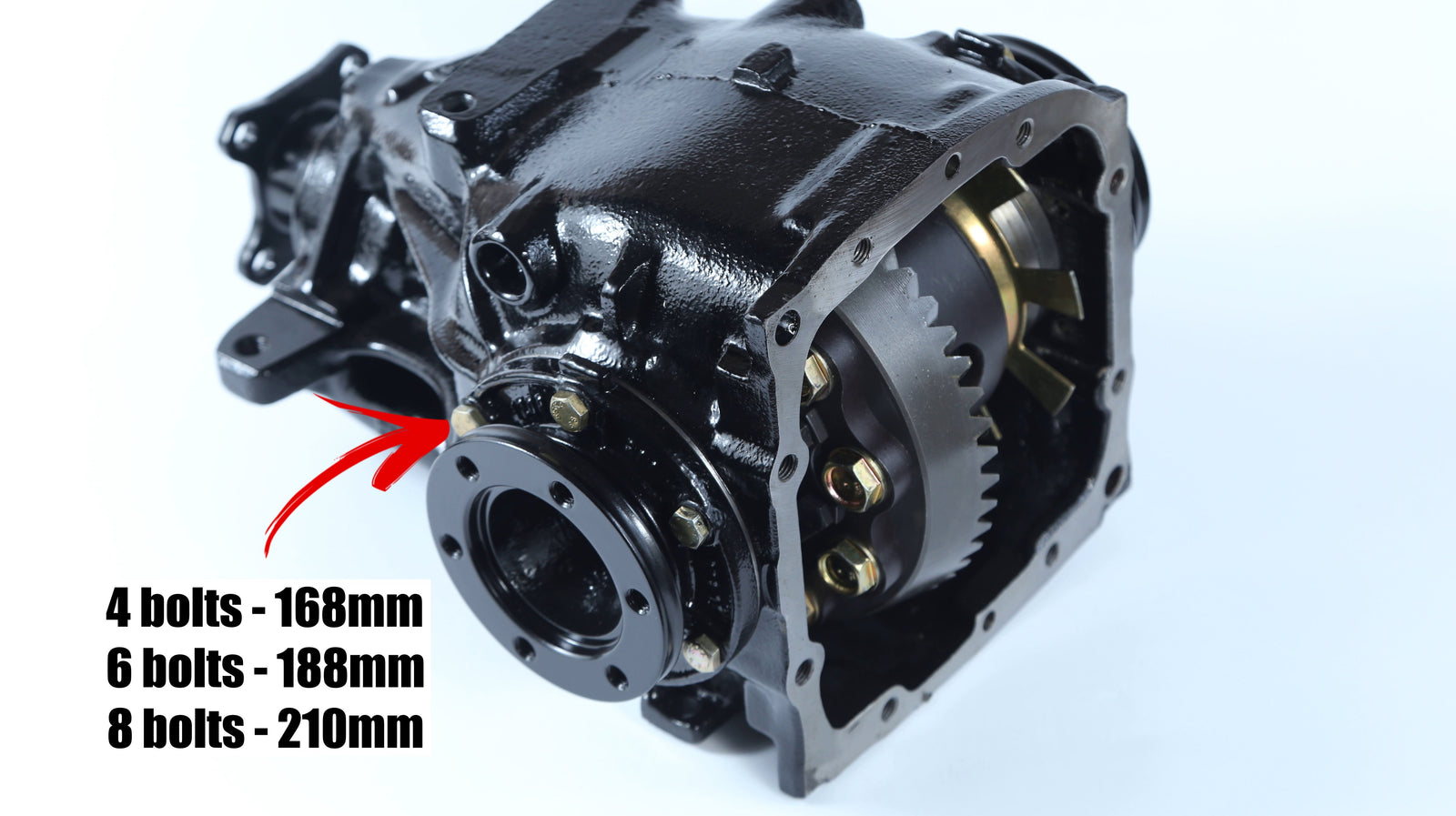
Knowing the size of your BMW’s differential is crucial for maintenance, repairs, and upgrades. If you own a BMW made up to 1999, you can easily determine the differential size by counting the bolts on the side caps holding the differential carrier. This guide will help you identify the differential size and provide examples of specific models where these differentials were typically found.
Identifying Your BMW Differential Size
BMW differentials up to 1999 come in three sizes, known as Type MM differentials. Here’s how you can identify them:
-
168mm Differential (Small Case)
- Identification: 4 bolts on the side caps.
- Common Models: Found in BMW E30, E36, and Z3 models with 4-cylinder engines.
- Example: BMW 318i (E30/E36), BMW Z3 1.9.
-
188mm Differential (Medium Case)
- Identification: 6 bolts on the side caps.
- Common Models: Typically found in BMW E30, E36, E28, E34, E32, and Z3 models with 6-cylinder engines.
- Example: BMW 325i (E30/E36), BMW 528i (E28/E34), BMW 735i (E32), BMW Z3 2.8.
-
210mm Differential (Large Case)
- Identification: 8 bolts on the side caps.
- Common Models: Found in high-performance and V8 models, including E36 M3 3.2, E34 V8 and M5, E32 V8, E39 M5, E24 M6, E28 M535i and M5.
- Example: BMW M3 3.2 (E36), BMW 540i and M5 (E34), BMW 740i (E32), BMW M5 (E39), BMW M6 (E24), BMW M535i and M5 (E28).
Why Knowing Your Differential Size Matters
Understanding the size of your differential helps you in several ways:
- Maintenance: Ensures you get the correct parts for servicing.
- Upgrades: Helps you choose the right performance upgrades, such as limited-slip differentials (LSD) and differential covers.
- Troubleshooting: Simplifies the process of diagnosing issues related to drivetrain components.
How to Count the Bolts
To determine the size, locate the differential and count the number of bolts on the side caps that hold the differential carrier. This method is quick, straightforward, and accurate.
Conclusion
Whether you’re a DIY enthusiast or a professional mechanic, knowing how to identify your BMW’s differential size is a valuable skill. By following this guide, you can ensure you’re well-prepared for any differential-related tasks. For high-quality LSD conversion kits and other differential upgrades, visit RacingDiffs.
Also in News
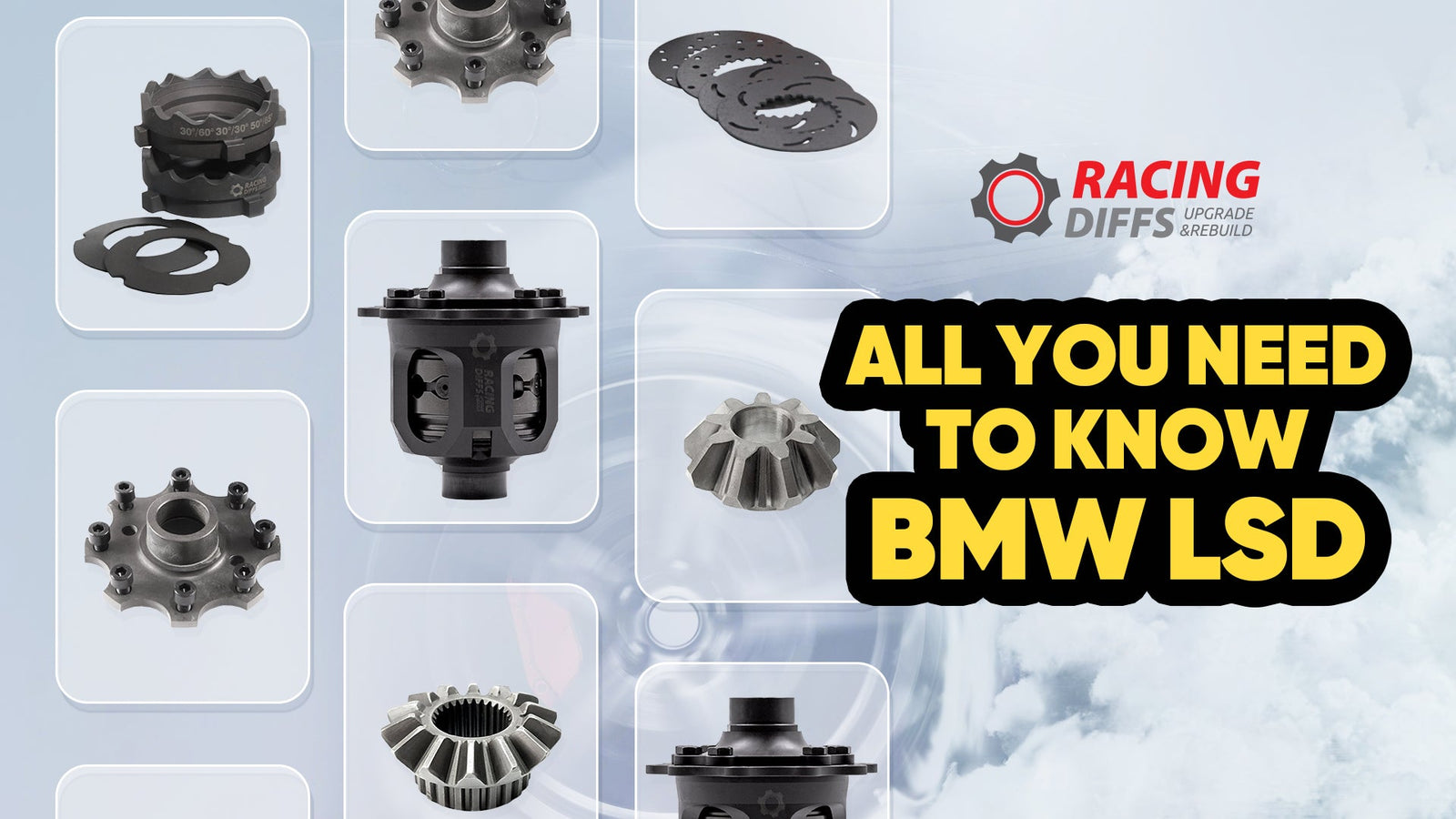
BMW Limited-Slip Differentials: How They Work, When to Rebuild, and Smart Upgrades (E46 M3, E92 M3, E60 M5/M6, F87/F80/F82)
September 06, 2025 6 min read
Read More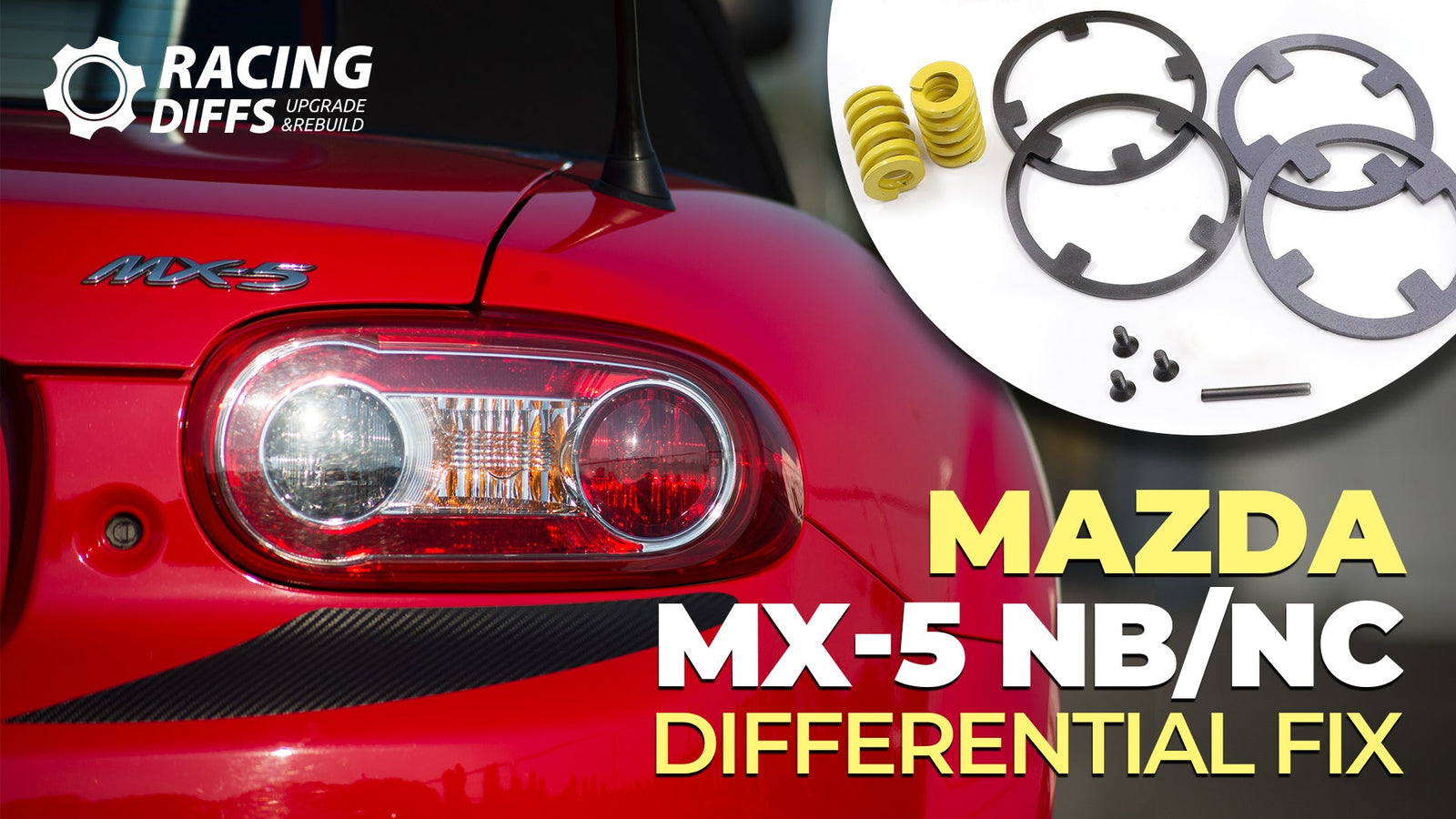
Mazda MX5 NB/NC and the Fuji Limited Slip Differential – Understanding the Heart of Handling
August 21, 2025 4 min read
Read More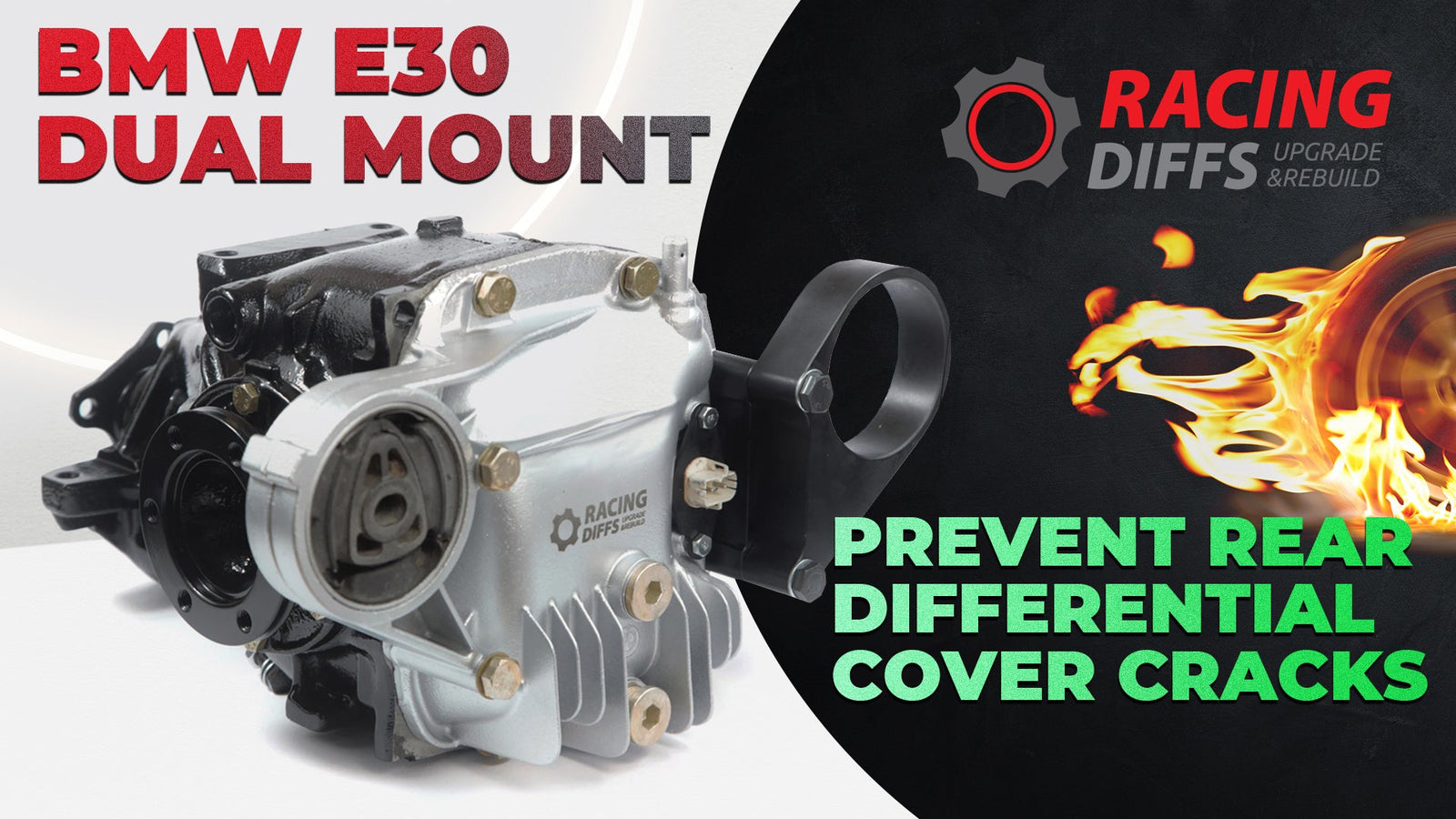
How to reinforce Your BMW E30 Differential Without Breaking the Bank
June 26, 2025 2 min read
Read More


